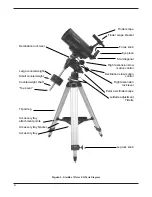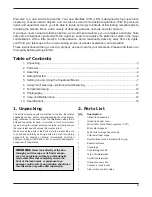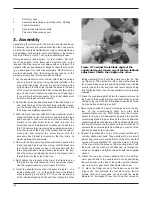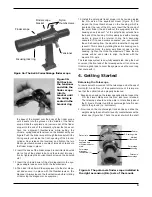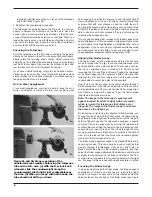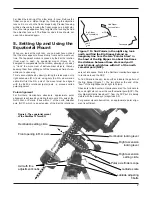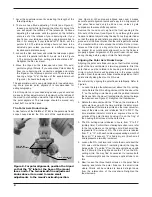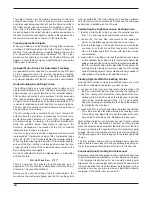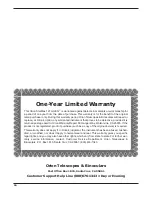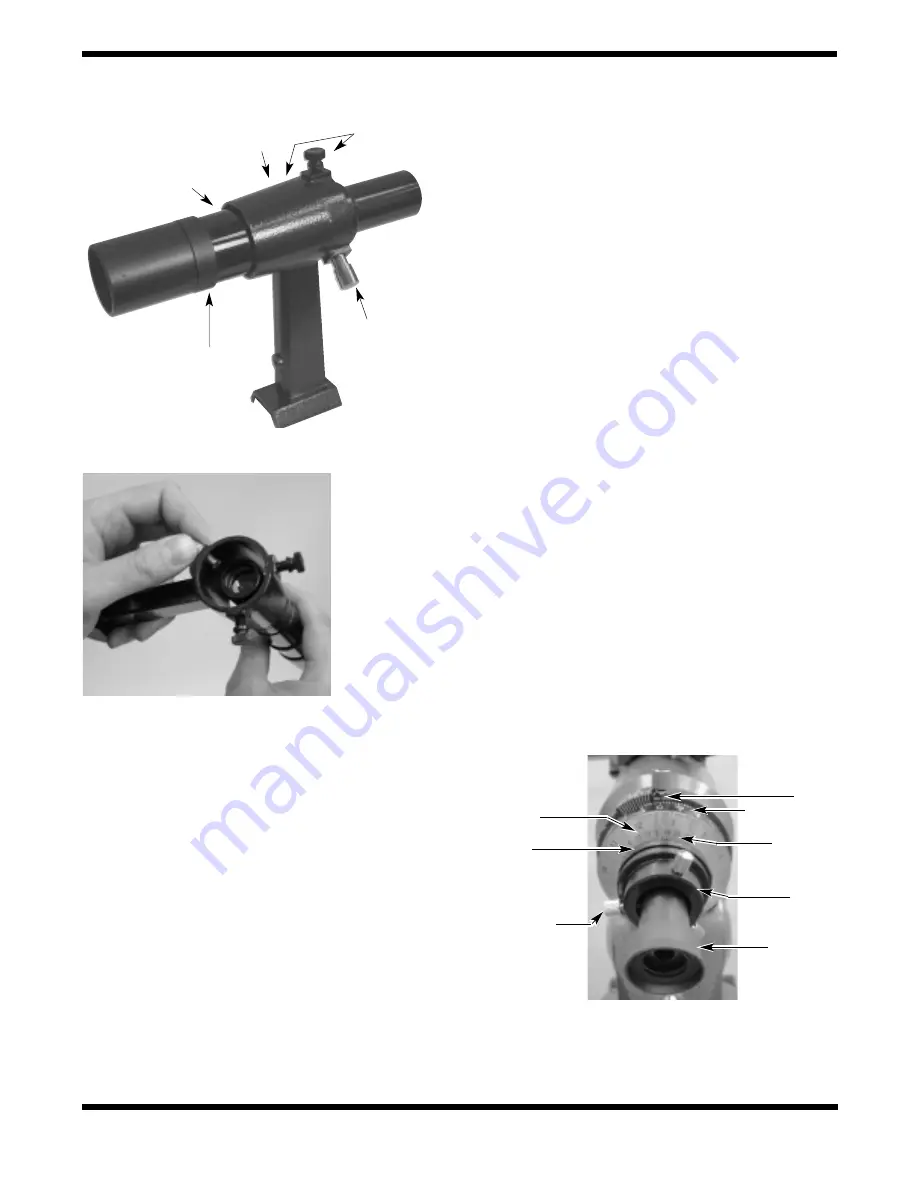
the base of the bracket over the body of the finder scope
until it seats into the groove on the middle of the finder
scope. Slide the eyepiece end (narrow end) of the finder
scope into the end of the bracket’s cylinder that does not
have the alignment thumbscrews while pulling the
chrome, spring-loaded tensioner on the bracket with your
fingers. Push the finder scope through the bracket until the
O-ring seats just inside the front opening of the bracket
cylinder. Now, release the tensioner and tighten the two
black nylon thumbscrews a couple of turns each to secure
the finder scope in place.
12. Insert the base of the finder scope bracket into its dovetail
slot on top of the optical tube. Lock the bracket into posi-
tion by tightening the knurled thumbscrew on the dovetail
slot.
13. Insert the chrome barrel of the star diagonal into the eye-
piece adapter and secure it with the thumbscrews.
14. Then insert the 25mm Plössl eyepiece into the star diago-
nal and secure it in place with the thumbscrews on the
diagonal. (Always loosen the thumbscrews before rotating
or removing the diagonal or an eyepiece.)
15. Install the polar axis finder scope into its housing inside
the R.A. axis of the equatorial mount (Figure 4). First
loosen the three thumbscrews on the housing, which is
located at the rear of the R.A. axis. Insert the front end of
the polar finder (the end without the eyeguard) into the
housing so only about 1" of the polar finder extends from
the back of the housing. Do this slowly and with a twisting
motion to prevent the internal O-ring from becoming
unseated. If it does become unseated, you can remove
the entire housing from the mount to locate the O-ring and
reseat it. This is done by rotating the entire housing coun-
terclockwise. Once the polar axis finder scope is in the
housing, tighten the three thumbscrews. These thumb-
screws will be used later to align the finder with the
mount’s R.A. axis.
The telescope system is now fully assembled. Keep the dust
cover over the front end of the telescope when it is not in use.
It is also a good idea to cover the eyepiece; use the cover cap
that came with it.
4. Getting Started
Balancing the Telescope
To insure smooth movement of the telescope on both axes of
motion (R.A. and Dec.) of the equatorial mount, it is impera-
tive that the optical tube be properly balanced.
1. Keeping one hand on the telescope optical tube, loosen the
R.A. lock lever. Make sure the Dec. lock lever is locked.
The telescope should now be able to rotate freely about
the R.A. axis. Rotate it until the counterweight shaft is par-
allel to the ground (i.e., horizontal).
2. Now loosen the counterweight lock knobs and slide the
weights along the shaft until it exactly counterbalances the
telescope (Figure 5a). That’s the point at which the shaft
5
Pointer
R.A. setting circle
Meridian
offset scale
Polar scope
housing
Polar axis
finder scope
Figure 4. The polar axis finder scope installed in
the right ascension (R.A.) axis of the mount.
Date circle
Ring with
engraved time
meridian indicator
mark
Polar scope
alignment
thumbscrew (3)
Finder scope
Finder scope
bracket
Nylon
thumbscrews
Tensioner
Focusing lock ring
Figure 3b:
Pull back on
the tensioner
and slide the
finder scope
into its
bracket until
the O-ring is
seated in the
bracket ring
Figure 3a: The 6x26 Correct-Image finder scope


